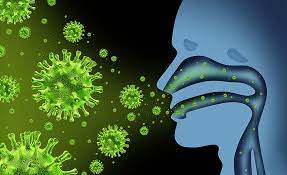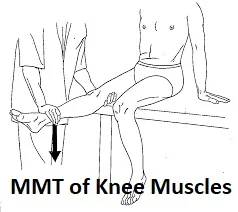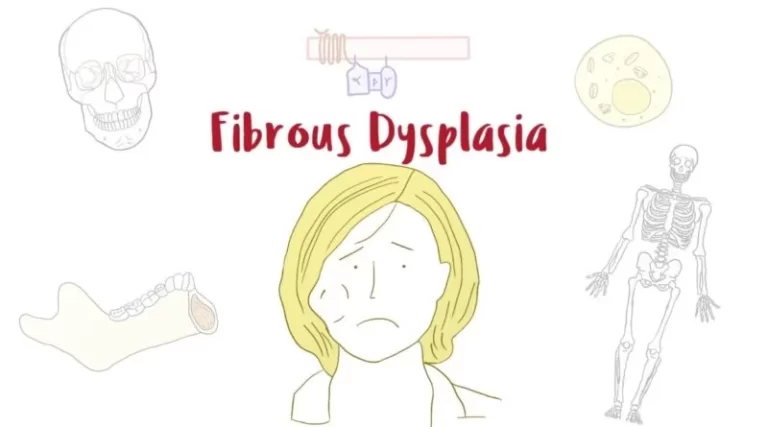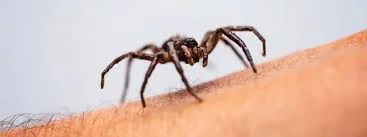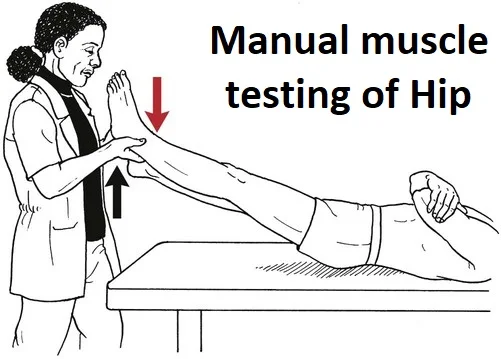Communicable diseases
A communicable disease is one that outspreads from one individual or animal to another or from a surface to an individual. They involve colds and flu. Pathogens namely viruses, bacteria, and fungi cause these diseases.
Communicable diseases may transmit via contact with bodily fluids, insect bites, contaminated ground, water, and foods, or through the air.
Table of Contents
What are communicable diseases?
- A communicable disease is any disease that passes among individuals or animals.
- Individuals sometimes mention communicable diseases as “infectious” or “transmissible” diseases.
- Pathogens, including bacteria, viruses, fungi, and protozoa, cause communicable diseases.
Symptoms
- Once a pathogen has entered an individual’s body, it frequently will start replicating.
- The person can then start to feel symptoms.
- Symptoms will differ depending on the disease.
- Some people will not feel any symptoms.
- However, they may still transmit the pathogen.
- Some symptoms directly result from the pathogen damaging the body’s cells.
- Others are because of the body’s immune response to the infection.
- Some communicable diseases can be less, and symptoms pass after a few days.
- However, some may be serious and potentially life-threatening.
- Symptom severity can differ depending on an individual’s overall health and immune function.
Types and symptoms of Communicable diseases
4 main forms of pathogens cause infection: Viruses, bacteria, fungi, and protozoa.
Viruses
- Viruses are small pathogens that contain genetic material.
- Not like a few other pathogens, they lack the complex structure of a cell.
- To reproduce, they must enter the cells of other living things.
- Once inside, they utilize the cell’s machinery to make copies of themselves.
Bacteria
- Bacteria are microscopic, single-celled organisms.
- They are present in almost every environment on earth, incorporated inside the human body.
- Many bacteria are harmless, and some assist the body to function.
- However, bacteria may also cause infections that damage the body.
Fungi
- Fungi are a kind of organism that incorporate yeasts, molds, and mushrooms.
- There are millions of various fungi.
- However, only around three hundred cause harmful illnesses.
- Fungal infections may happen anywhere in the body.
- However, they usually affect the skin and mucus membranes.
Protozoa
- Protozoa are microscopic organisms that usually consist of a single cell.
- Some protozoa are parasitic, meaning they live on or inner side of other organisms and utilize the organism’s nutrients for their own survival.
- Parasitic protozoa may cause various diseases.
Common communicable diseases
Common viral, bacterial, fungal, and protozoa diseases involve:
Rhinoviruses
Rhinoviruses are a group of viruses that are the most usual cause of the usual cold. Symptoms of a cold can involve :
- A stuffy or runny nose
- Sore throat
- Headache
- A person may be affected by the rhinovirus by inhaling contaminated droplets from the cough or sneeze of the opposite person.
- Similarly, rhinoviruses are spread by individuals touching their noses, eyes, or mouth after touching items or surfaces that have come into contact with the virus.
Coronaviruses
- Coronaviruses are a massive group of viruses that mainly affect the respiratory system.
- This family involves the SARS-CoV-2 virus.
- Some coronaviruses may cause the usual cold and flu symptoms, while others may cause more severe outcomes.
Influenza
Influenza viruses are infections that severely attack the respiratory system. Some potential symptoms involve:
- Fever or chills
- Stuffy or runny nose
- Sore throat
- Cough
- Headaches
- Muscle or body aches
- Fatigue
- A person may catch influenza viruses like they can catch rhinoviruses.
HIV
HIV attacks the immune system of its host. This makes individuals vulnerable to other infections and diseases. A person may contract HIV as an outcome of contact with blood or other body fluids containing the virus.
The symptoms of HIV can generate slowly and in stages. They may involve:
- Fever
- Chills
- Rash
- Mouth sores
- Sore throat
- Swollen lymph nodes
- Night sweats
- Muscle aches
- Fatigue
- The only way a person may be certain they have HIV is to have an HIV test.
- Although there is no cure for HIV, medications may help to keep the virus under control or make it undetectable.
- Without such kind of treatment, HIV may develop into AIDS. Other medications may help prevent an individual from contracting HIV.
- The individual at high risk of HIV and those who believe they can have had exposure to it should speak with their doctor about these options.
Salmonella and Escherichia coli
Nontyphoidal Salmonella and Escherichia coli (E. coli) are 2 different types of bacteria that may infect the digestive system. Another form of salmonella, Salmonella typhi, may also cause typhoid.
- They usually spread through contaminated foods, like uncooked meats and eggs, not washing fruits and vegetables, and contaminated water sources.
- Salmonella may also spread through contact with live animals, involving chickens, and through person-to-person contact.
Some symptoms of these infections involve:
- Abdominal cramps
- Diarrhea
- Fever
- Headache
Tuberculosis
Tuberculosis (TB) is a bacterial infection that initially attacks the lungs. It can cause the following symptoms:
- A cough continuing for more than 3 weeks
- Loss of appetite
- Unintentional weight loss
- Fever
- Chills
- Night sweats
- A person may be affected by TB by inhaling tiny droplets or “aerosols” from the cough or sneeze of a person who has the infection.
Ringworm
Ringworm is a usual fungal infection of the skin. The typical symptom of ringworm is a ring-shaped rash. It can be dry, scaly, or itchy.
People can contract ringworm through:
- Close contact with an individual who has ringworm
- Splitting towels, bedding, or other personal items with a person who has ringworm
- Close contact with animals with ringworm, particularly cats
- Without treatment, ringworm can spread to other parts of the body.
Athlete’s foot
- An athlete’s foot is a general fungal infection that affects the skin on the feet.
- It typically causes sore or itchy white patches in the middle of the toes.
- Individuals can contract an athlete’s foot via direct contact with someone who has the fungus or surfaces that have been in contact with the fungus.
- For instance, a person can contract an athlete’s foot after walking barefoot in locker rooms, showers, or swimming pools.
Plasmodium
The protozoa Plasmodium genus causes the torrid disease malaria. The parasite initially transmits via mosquito bites.
Malaria causes symptoms like:
- Fever and chills
- Headaches
- Vomiting
- Diarrhea
- Muscle pains
- Without proper treatment, malaria may be life-threatening. Vaccination programs are also effectively protecting individuals from malaria fatalities.
Lyme disease
Lyme disease is a potentially dangerous infection that black-legged ticks may pass to humans. It is the most usual carrier-spread disease in the United States. The bacteria Borrelia burgdorferi causes the maximum of Lyme disease cases. However, the bacteria Borrelia mayonii can also cause the disease.
Symptoms of Lym disease involve:
- Headache
- Fatigue
- Fever
- Skin rash
- Lyme disease may spread to the joints, heart, and nervous system if an individual does not treat it.
Causes of Communicable diseases
Individuals can generate a communicable disease after becoming infected by the pathogen. This can occur through:
- Direct contact with a person transfers the pathogen
- Contact with bodily fluids that incorporate pathogens
- Inhaling pathogen-containing droplets from another individual’s cough or sneeze
- ReGo through a bite from an animal or insect carrying the pathogen
- Taking contaminated water or foods
How to prevent transmission
Individuals may minimize their risk of contracting or transmitting disease-causing pathogens by following the steps below:
- Washing their hands thoroughly and daily
- Disinfecting surfaces at home frequently, specific doorknobs and food areas
- Disinfecting personal items like phones
- Cooking meats, eggs, and other foods thoroughly
- Practicing good hygiene when making and handling food
- Avoiding eating spoiled food
- Avoiding touching wild animals
- Receiving available vaccinations
- Taking antimalarial medications when going somewhere there is a malaria risk
- Check for ticks and other parasites
Treatment for communicable diseases
Some communicable diseases cause only fewer symptoms that vanish without treatment. Others can cause severe symptoms or potentially life-threatening problems. Patients need various treatments based on disease processes and clinical presentation.
Viral infections
Vaccines are a great effective method for preventing specific viral infections. There are several various forms of vaccines.
- When people take a vaccine, they are receiving a form of the virus.
- The immune system responds by producing antibodies able to kill an active form of the virus in the future.
- If an individual already has a virus, they can need antiviral medications to keep up the virus under control.
Bacterial infections
- Bacterial infections may range from mild to life-threatening.
- A person who has a bacterial infection can need a course of antibiotics to assist control the infection.
- These medications may help to kill bacteria or minimize them so the immune system may counteract them.
- However, many bacteria are generating a resistance to antibiotics, which poses a major health risk.
- More than 2.8 million antibiotic-resistant infections take place in the U.S. every year.
- An individual should only ever take antibiotics on medical suggestions.
Fungal infections
- A severe or chronic fungal infection can need prescription antifungal medications and, in infrequent cases, intravenous medication.
- However, individuals may treat many mild infections, like ringworm and athlete’s foot, with over-the-counter topical ointments.
Summary
- Communicable diseases are diseases that may pass from individual to individual.
- The pathogens that cause these diseases may spread in various ways, like through the air, contact with contaminated substances or surfaces, or animal and insect bites.
- Many communicable diseases cause less severe symptoms that go away without treatment. Others need treatment to prevent them from becoming more serious.
- There are steps an individual may take to decrease their risk of contracting and transmitting disease-causing pathogens.
- These involve receiving existing vaccinations, practicing regular handwashing, and maintaining good hygiene at home.
FAQ
Human Immunodeficiency Virus Infection/Acquired Immunodeficiency Syndrome(HIV/AIDS) – a division of AIDS Control.
Revised National TB Control Programme(RNTCP)
Integrated Disease Surveillance Project (IDSP)
National Leprosy Eradication Programme(NLEP)
national viral hepatitis control program (NVHCP)
Infectious Disease.
Influenza.
Measles, Mumps, and Rubella.
Pneumonia.
Sexually Transmitted Diseases (STDs)
Chronic Sinusitis.
Whooping Cough or Pertussis.
Home.
There are 4 main types of disease: infectious diseases, deficiency diseases, hereditary diseases (including both genetic diseases and non-genetic hereditary diseases), and physiological diseases. Diseases may also be classified in other ways, like communicable versus non-communicable diseases.
Cardiovascular diseases are listed for most NCD deaths, or 17.9 million individuals annually, followed by cancers (9.3 million), chronic respiratory diseases (4.1 million), and diabetes (2.0 million including kidney disease deaths caused by diabetes).

